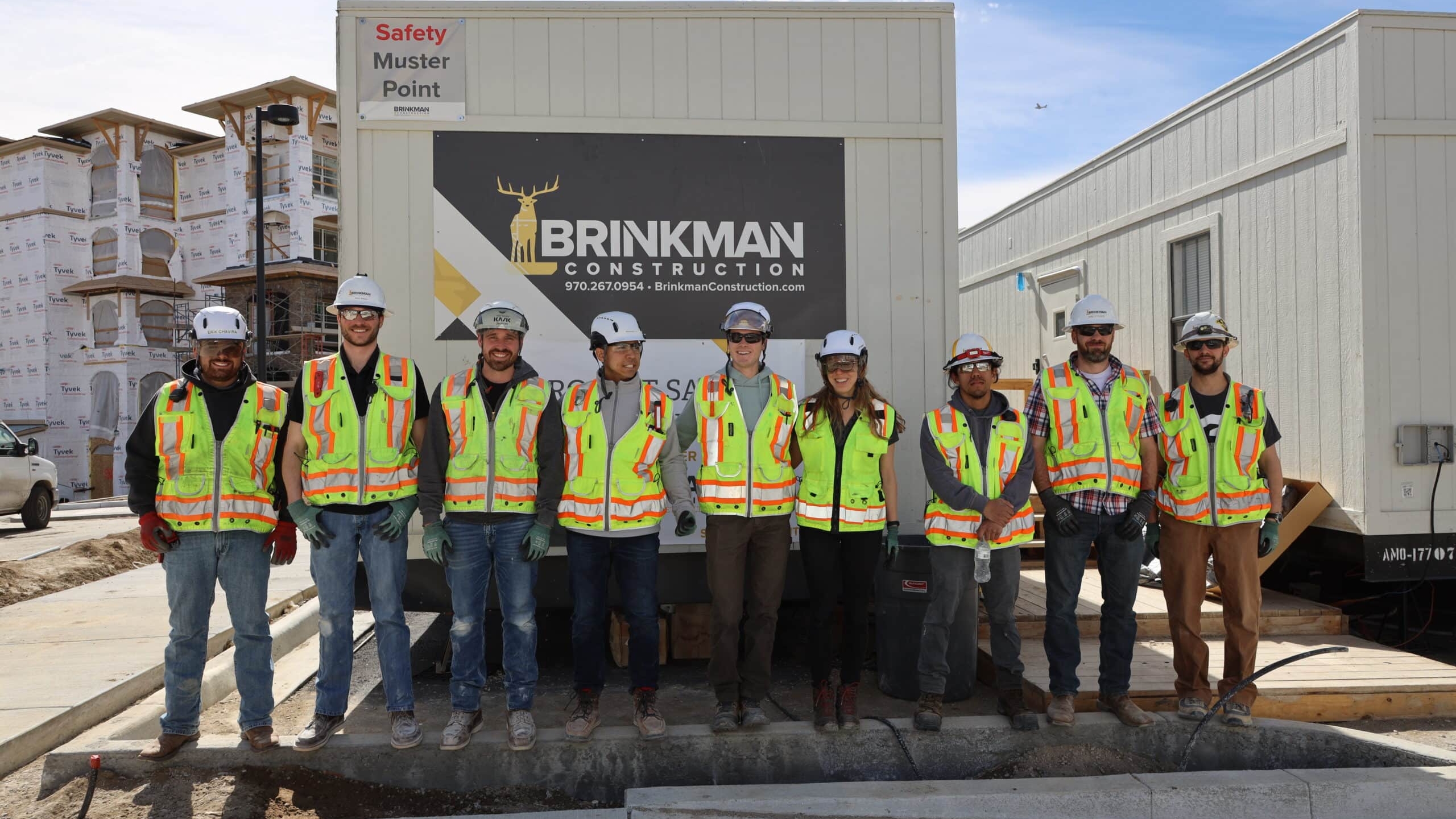
Employee Ownership Month is an exciting time for our company to reflect on where we started from, what growth we have had, and what pursuits we see for future expansion. Brinkman Construction started the ESOP journey in 2016, and in the 8 years that have passed, our share value has increased over 670%.
Prior to joining Brinkman Construction, my work experience spanned a private equity-held company, individually owned entities, and Fortune 500 companies. Looking back on these different experiences, I can truly state that working for an ESOP provides more employee camaraderie and benefits.
Managing the administration of an ESOP is highly rewarding due to the shared ownership model and potential for employee empowerment, but it also requires navigating complex regulations, financial intricacies, and careful communication.
Challenges:
- Complex Regulations: ESOPs are subject to intricate legal and tax regulations, requiring thorough knowledge of compliance and fiduciary responsibilities.
- Valuation and Financial Management: Managing the value of shares in an ESOP can be difficult, especially in fluctuating markets. Accurate valuations are essential for fairness but can be costly and time-consuming.
- Balancing Stakeholder Interests: As the interests of employee-owners are directly tied to the company’s performance, management must strike a balance between growth, profitability, and employee satisfaction.
- Communication: Educating employees about their role as shareholders and the financial aspects of employee ownership can be challenging. Clear and consistent communication with team members is vital for an ESOP’s success.
Rewards:
- Empowering Employees: Working for an ESOP means contributing to a culture of ownership. Employees directly benefit from the success of the company, which often boosts morale and fosters a sense of pride.
- Long-Term Growth: ESOPs provide a long-term retirement benefit for employees, aligning their interests with the company’s financial success. This can enhance employee loyalty and retention.
- Inclusive Decision-Making: Managing an ESOP means encouraging transparency and participation from employees in business decisions, which can create a more democratic and collaborative workplace.
- Wealth Building: For employees, the stock allocations and dividends can become a significant part of their financial well-being, offering a tangible reward for their contributions to the company.
The challenges of employee ownership are significant, but the positive impact on both the business and the employee-owners makes it a worthwhile endeavor.
By Jonathan Semonchick
Jon is the total rewards manager at Brinkman Construction. He has over a decade of experience working in finance, and joined Brinkman Construction in 2018.





